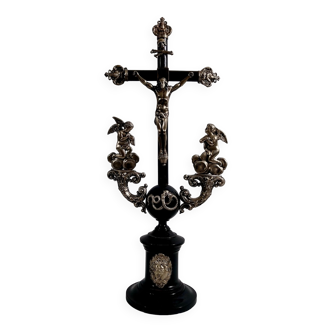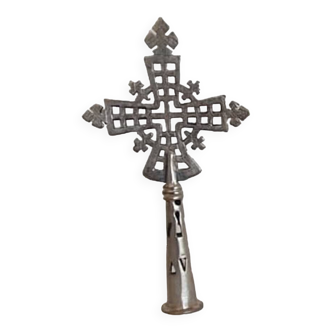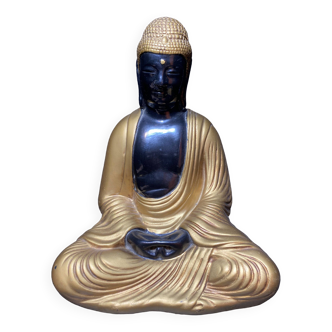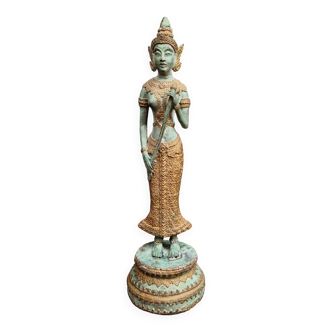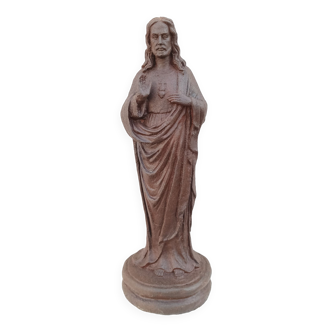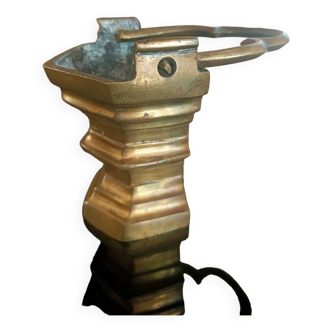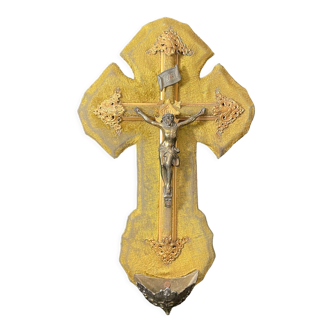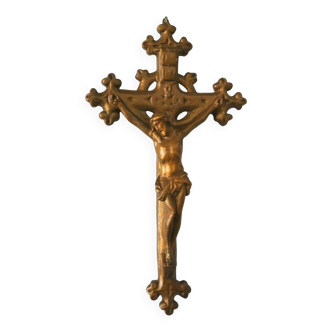Jean Lambert-Rucki (1888-1967) - Important gilded bronze sculpture - Christ on the cross - Signed
🙈 Oops, this product is already sold or unavailable. Discover our 1500 new products or products similar to this item !
- Dimensions :
- H64 x W37
- Color :
- golden
- Material :
- bronze
- Style :
- art deco
Jean lambert-rucki (1888-1967) important gilded bronze sculpture christ on the cross signed on the perizonium bronze cross with silver patina with circular base surmounted by 3 art deco discs, 1930s total height: 64cm total width: 37cm height of christ: 35.5cm width of christ: 33.5cm very good condition * arriving in france in 1911, the polish painter and sculptor jean lambert-rucki is one of those artists with a recognizable touch who spanned the 20th century. Lambert-rucki is mainly known for his sculptures of christ on the cross with an african-style appearance. A childhood in poland jean lambert-rucki was born in krakow, poland in 1888. Following the death of his father when he was eleven, the young boy helped his family by painting portraits of krakow bourgeois. Lambert-rucki joined the school of fine arts in his city where he rubbed shoulders with moïse kisling (1891-1953) whom he later met in paris. The young man immersed himself in the munich influence then predominant in krakow. Lambert-rucki's youth was punctuated by regular stays in russia, spending time with gypsies and learning russian dances. All these elements had an influence on the artist's work. Enthusiastic by cubism and then by an exhibition of the works of paul gauguin (1848-1903) in krakow, jean lambert-rucki moved to paris in 1911. He was also encouraged to do so by his master josef pankiewisz (1866-1940) who there had himself stayed and met the impressionists pierre bonnard (1867-1947) and édouard vuillard (1868-1940). 1911-1913: the school of paris upon his arrival in paris, jean lambert-rucki enrolled at the académie colarossi. At that time he visited montparnasse, the dôme, and the rotonde. These places allowed him to meet many artists from immigrant backgrounds – symbols of the school of paris – such as his compatriot moïse kisling, the italian amedeo modigliani (1884-1920), the russians chiam soutine (1893-1943) and m.
4.91 ()





























